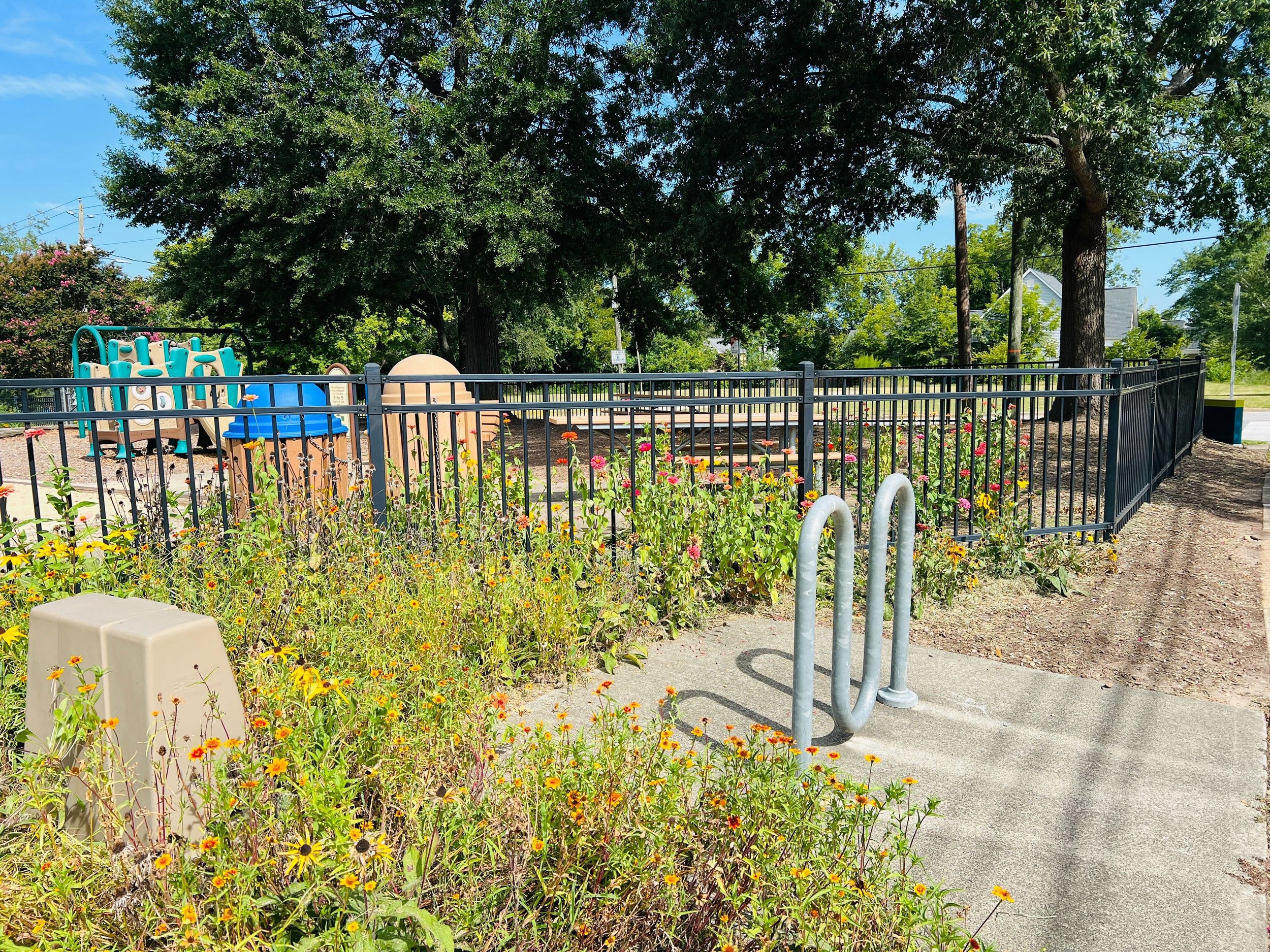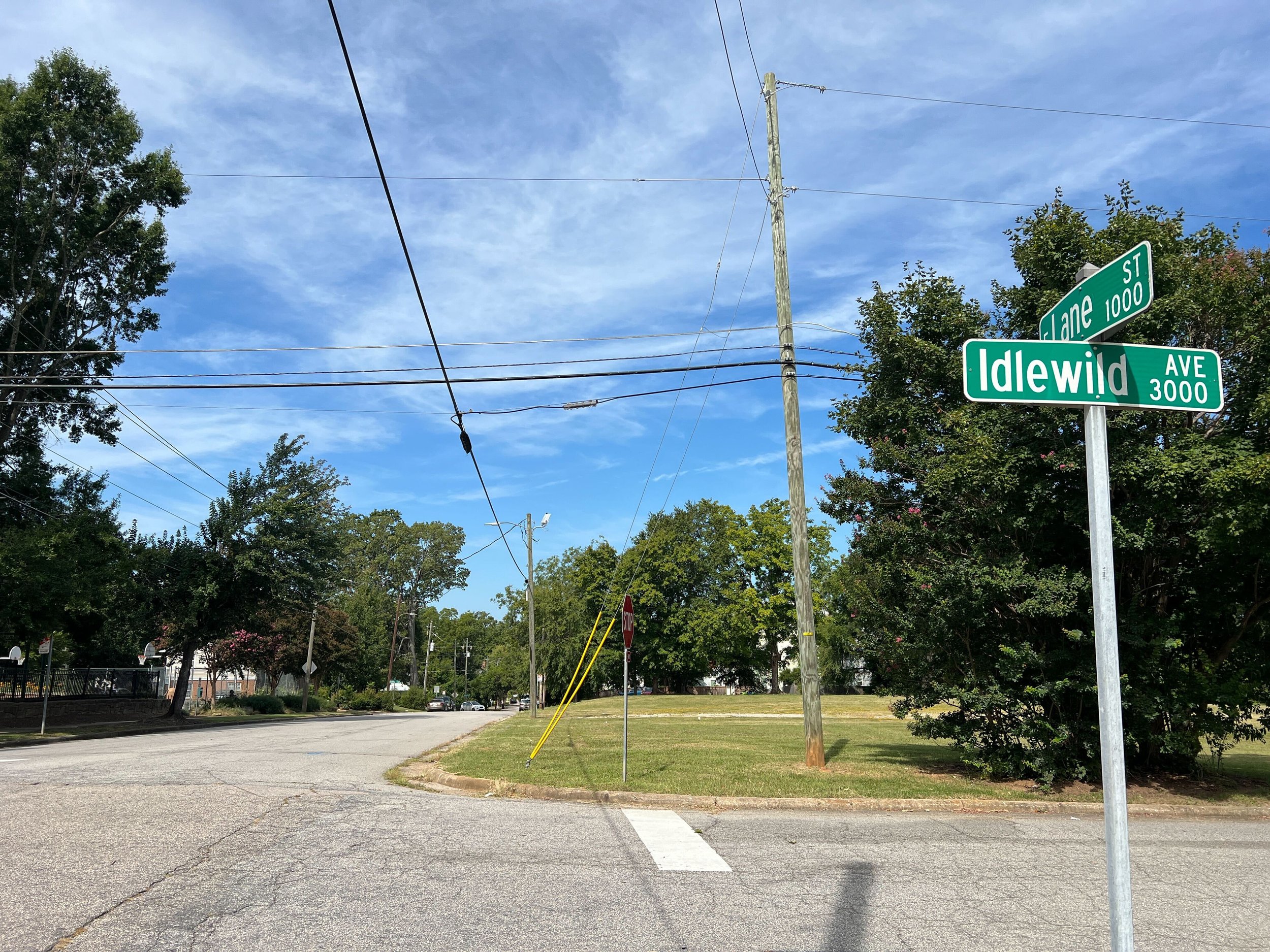
Ensuring affordability.
Building community.
The Raleigh Area Land Trust creates permanently affordable homeownership opportunities for first-time homebuyers using the Community Land Trust model. Our investments protect neighborhoods from the affordable housing crisis by ensuring working families can afford to live in their community and by keeping homes in their community affordable for generations to come.
The first and only Wake County Community Land Trust.
The Raleigh Area Land Trust plans to lower the cost of homes for sale in its portfolio through stipends, opening the door for new homeowners in Raleigh and Wake County.
Get involved locally. Support community.
Research shows homeownership imparts a variety of positive individual, family, neighborhood, and community impacts—especially in low- to moderate- income families. We want to offer more opportunities across our communities in Raleigh and Wake County.

What’s New
“RALT is a market-based solution that provides an opportunity to really bend the cost of homeownership, permanently”
~ Courtney Crowder, RALT Founding Board Member








